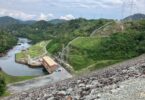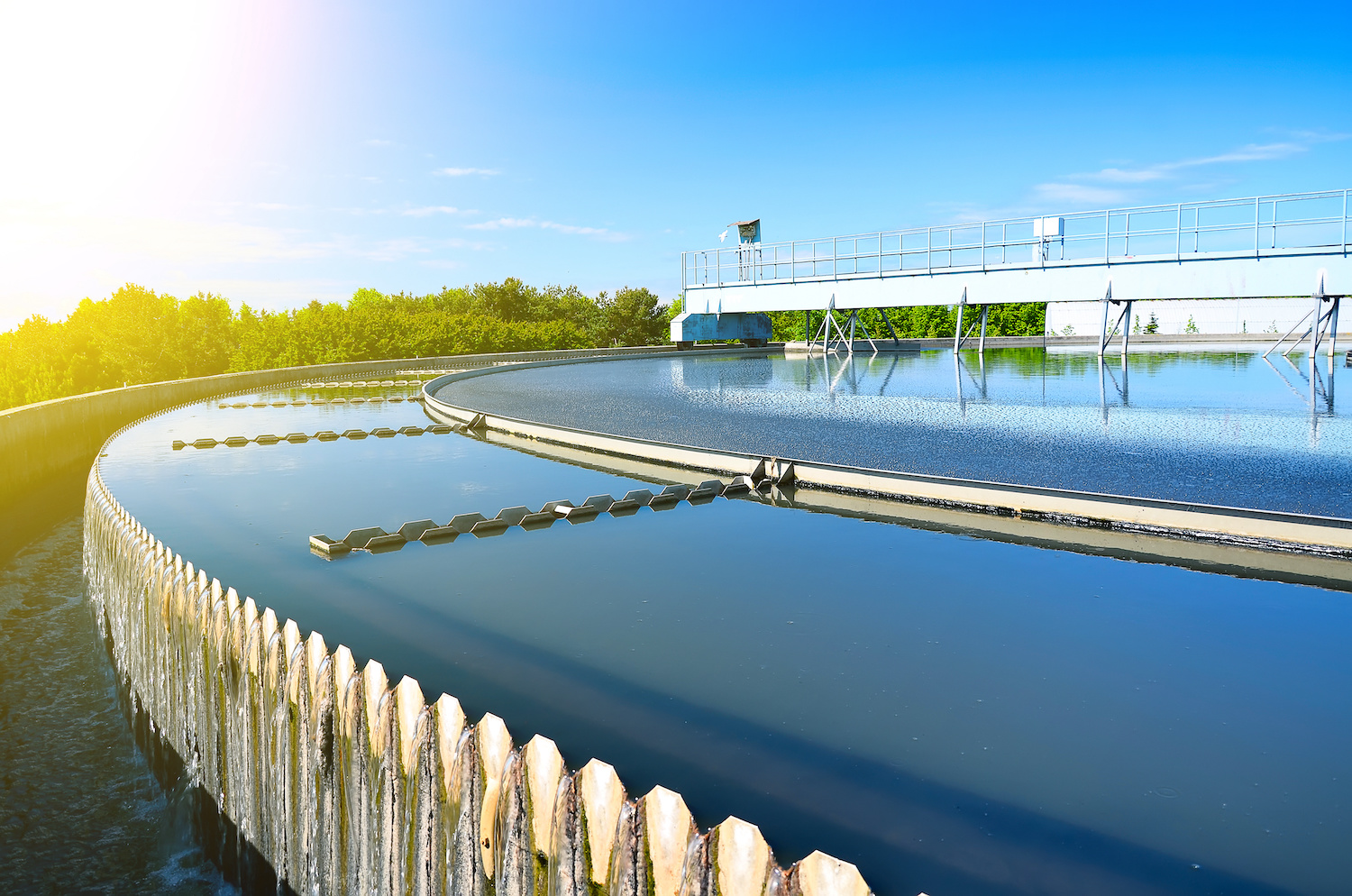About the Author: Joan Carles Guardiola is the Key Account Manager for Europe at Idrica. A trained civil engineer focusing on hydraulics and the environment, Guardiola joined Idrica after six years at the water utility Global Omnium. He is an expert in Water&ICT projects, coordination of R&D projects and asset management.
Water leakages, both at a network and customer level, represent a major loss of natural and economic resources.
Tackling this problem is a key priority for water utilities, who want to ensure that their operations remain financially and environmentally sustainable.
Therefore, finding the right approach that allows water companies to balance the operational costs and capital expenditures associated with enhancing leak detection, is crucial.
While an increase in leak detection capacity may cause additional operational costs, the reduction of costs associated with water treatment and supply usually make up the deficit in the long run.
Furthermore, increasing investment in equipment and sensors can improve leak detection capacity and extend the useful life of water infrastructures.
But to what extent is the investment worth the effort? In this article we look at Idrica’s approach to leak detection that aims to optimise the effort that water utilities dedicate to tackle water inefficiency – through a combination of passive and active leak detection techniques.
Leak detection techniques
Normally, leak detection solutions are classified into passive and active systems. Passive systems are all those which are based on direct monitoring (e.g., acoustic sensors, tracing substances, etc.) or the visualisation of the system (e.g., robots).
On the other hand, active systems are based on the analysis of data provided by sensors that measure hydraulic variables, like flow or pressure.
The data gathered by the sensors can be analysed through a purely data-driven approach, by simulation using well calibrated hydraulic models, or via a transient-based approach.
Passive systems are more widely used than active systems. Although these systems are generally labour intensive and require specialised personnel to survey the networks, they are more popular because active systems often require a high level of technical expertise.
However, the ideal scenario for a water utility is when they use active systems for detecting and locating leaks, and then deploy well-trained personnel to pinpoint the exact location of the leakage – keeping operational effort to a minimum.
The location conundrum
Water networks are large, complex systems, which can make the task of locating leaks very challenging. One way to streamline this process is through District Metered Areas (DMAs).
DMAs essentially break the water network into smaller sections, allowing utilities to home in on the geographical area where a leak event is occurring. This is crucial to reduce the operational expenses dedicated to maintenance and repair actions.
At this stage, it is very important to differentiate the detection of an event (e.g., detecting a new leak has occurred) from the location of such event within the DMA or the study area.
An event can be detected after noticing unexpected values of the hydraulic variables that define the behaviour of a system (e.g., pressure drops). That’s the easy part. The hard part is pinpointing its exact location.
In large DMAs, the detection, and particularly the location of events, still presents a major challenge for water utilities.
Large DMAs tend to lower the accuracy of analysis and result in more intensive fieldwork.
So why not just create a network of smaller DMAs? Unfortunately, the reality is that the creation of new DMAs brings with it a host of challenges for water managers.
On the one side, it requires an increase of CAPEX associated to civil works and equipment. It also brings operational challenges since the operation of DMAs may increase the complexity of the hydraulic system. And finally, it could imply water quality problems due to the increase of retention times.
Getting leak-smart
Idrica has developed an approach to make leak detection and location easier for water utilities – one that adapts to the level of instrumentation existing in the water utility.
The best approach to leak detection depends on context. Does the water network have DMAs? Smart Meters? or well calibrated Hydraulic models?
In scenarios where Advanced Metering Infrastructure (AMI) is not available, but DMAs are, GoAigua provides an approach based on the analysis of Minimum Night Flow (MNF) and pressures at sector level. MNF is the measured flow into a controlled DMA of a network during the period with minimum demand.
Idrica’s experience managing nearly 3000 DMAs over many years, enables them to understand the way different DMAs behave and to make accurate demand predictions.
When automated meter reading is available, the analysis is improved further through the monitoring of water balances within the DMA.
Idrica’s capacity to integrate any kind of metering and sensor technology, allows a thorough analysis of inputs and outputs of water at DMA level.
This way, it is possible to confirm whether an increase in the water supplied to the DMA is due to a peak in consumption or a leak in the network, thus substantially reducing response time.
For leak location, even when DMAs are not available, Idrica uses an analysis based on water flow monitoring.
The algorithm, called 0-leak, provides results in two different ways. Firstly, it can be used to select the best location for the flow meters in the case these devices have not been installed.
Secondly, if flow meters are already installed and available, Idrica’s approach allows for detection and location of leak using algorithms based on the comparison of the observed parameters of flow and pressure and the simulation done using the hydraulic model.
Making sense of the data
Algorithmic leak location based on information provided by sensors is still a major challenge for the water industry.
This is mainly because of the level of uncertainty surrounding the real variables used to perform the analysis and the complexity of the equations that govern the behaviour of hydraulic systems.
Water distribution networks are living systems; the conditions of the system are constantly in flux, which can make it difficult to accurately simulate the behaviour of the network. Measurement devices can also make errors, further complicating the reliability of the analysis.
The GoAigua solution helps water operators overcome these challenges by processing the information collected by flow and pressure sensors installed in the distribution network.
The key to the success of the solution is the accuracy of the hydraulic analysis. Such accuracy is possible thanks to the use of Machine Learning techniques that allow Idrica to constantly improve the accuracy of the hydraulic models used for the analysis.
In addition, Artificial Intelligence technologies are used to identify the occurrence of new events and to improve the reliability of the analysis.
Through this combination of big data, mathematical models, machine learning and AI algorithms, GoAigua has so far helped utilities save 10hm3 of water – or 10 billion litres.
Read more Idrica Articles and News on H2O Global News. Do you have an article or video that you would like to share? Submit your article here or keep up with the latest news from the water industry and wastewater industry by subscribing to our weekly newsletter







